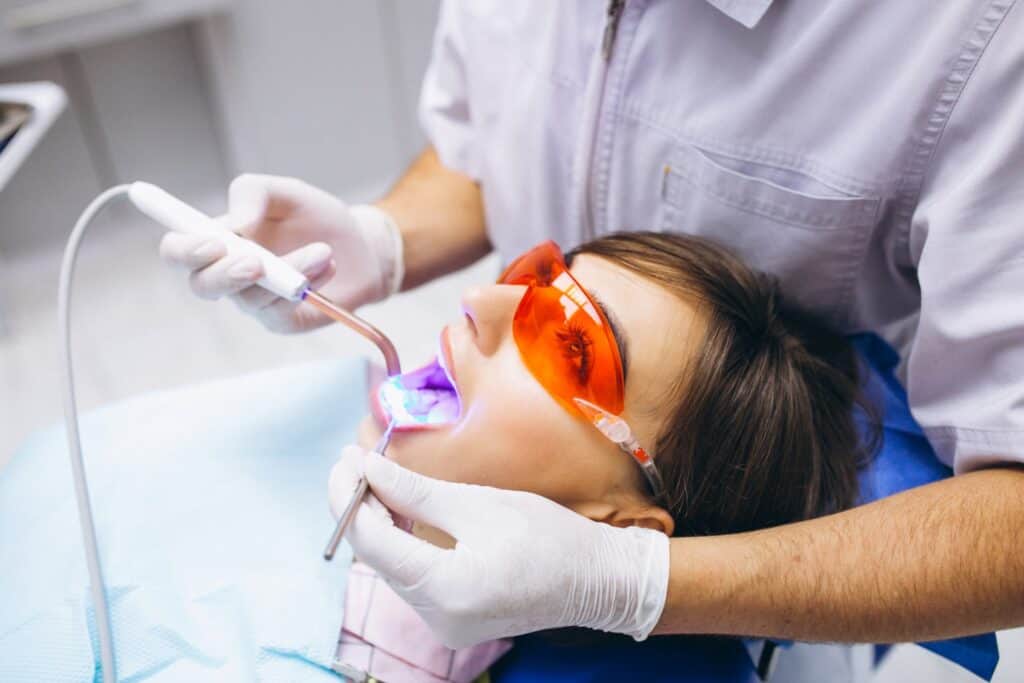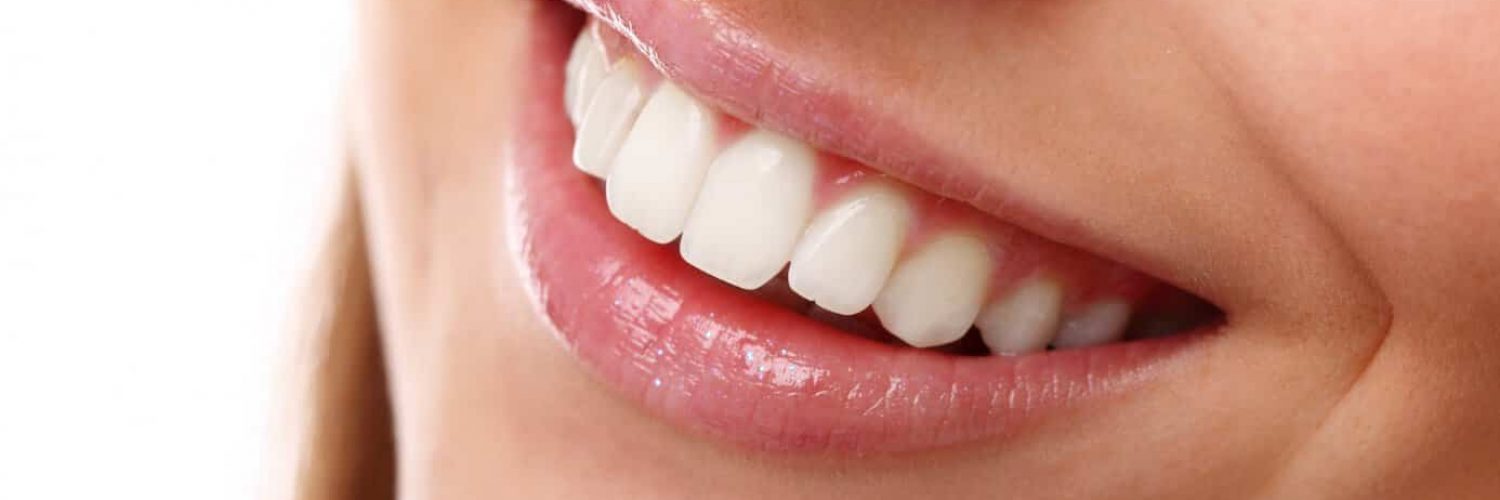Everyone wants a bright smile, but factors like age, diet, and lifestyle can cause tooth discoloration. Teeth whitening has become one of the most popular cosmetic treatments today, with various teeth whitening products, including whitening strips, whitening toothpaste, and even at-home whitening kits. This guide will explore the best ways to achieve whiter teeth, how different products work, and what to keep in mind before you start your journey to a whiter smile.
Understanding Tooth Discoloration and Yellow Teeth
To understand which whitening options work best, it’s helpful to know why teeth discolor. Tooth discoloration can happen for several reasons:
Extrinsic stains are surface stains caused by foods and drinks like coffee, tea, red wine, and dark-colored sodas. Tobacco use also contributes significantly to yellow teeth.
Intrinsic stains are deeper stains within the tooth enamel, often from aging, trauma, medication, or excess fluoride.
If tooth stains are mainly extrinsic, using products like whitening toothpastes can make a noticeable difference. However, intrinsic stains may require professional tooth whitening treatments or potent teeth whiteners like hydrogen peroxide or carbamide peroxide to see results.
Professional Whitening Treatments vs. At-Home Teeth Whiteners
In-office Whitening
Professional tooth whitening treatments are top-tier when it comes to effectiveness. Dentists use strong bleaching agents, like hydrogen peroxide, that penetrate deeply into the enamel to lift stains effectively. These in-office treatments provide fast and dramatic results, often whitening teeth by several shades within an hour.
At-home Whitening Kits
Dentist-provided take-home kits are another effective option. These typically contain a custom-fit tray and a whitening gel, often with carbamide peroxide, which works similarly to hydrogen peroxide but breaks down more slowly for a gentler effect. Although these kits may take a few weeks to show full results, they provide a safe and effective way to whiten teeth from home under a dentist’s guidance.
Teeth Whitening Products: Exploring Your Options
1. Whitening Strips
Whitening strips are a popular at-home whitening solution. They contain a gel with hydrogen peroxide, which adheres to the teeth for a certain period, typically 30 minutes daily for two weeks. This method works well for removing surface stains but may cause tooth sensitivity, particularly in people with sensitive teeth.
2. Whitening Toothpastes
Whitening toothpastes are designed to remove surface stains. They contain mild abrasives that polish the teeth and chemicals like hydrogen peroxide that lighten tooth stains over time. Unlike other teeth whiteners, whitening toothpastes are intended for daily use and are gentle on tooth enamel. However, they may not be as effective for intrinsic stains, as they primarily work on surface stains.
3. Teeth Whitening Pens
Teeth whitening pens are portable and easy to use, ideal for quick touch-ups on the go. They typically contain hydrogen peroxide or carbamide peroxide and are applied directly to the teeth. While convenient, whitening pens are generally less effective for achieving long-lasting results compared to other methods.
4. Whitening Gels and Trays
These products involve filling a tray with whitening gel (often containing carbamide peroxide) and wearing it over the teeth for a specified period, usually between 10 minutes to several hours, depending on the product. Gels and trays can effectively whiten teeth by several shades, but they may cause tooth sensitivity, so it’s crucial to follow the instructions closely.
5. LED Light Kits
LED light teeth whitening kits have grown in popularity due to their ease of use and promising results. The process involves applying a whitening gel to the teeth and then using an LED light to accelerate the whitening process. Although these kits can help whiten teeth, scientific support for the effectiveness of LED lights in enhancing whitening is limited.
How Teeth Whitening Works: The Role of Bleaching Agents
Both hydrogen peroxide and carbamide peroxide are common bleaching agents in teeth whitening products. Here’s how they work:
Hydrogen Peroxide is a fast-acting agent that breaks down into oxygen and water, helping to lift tooth stains quickly. It’s often used in both in-office treatments and over-the-counter products like whitening strips.
Carbamide Peroxide breaks down into hydrogen peroxide when exposed to water, making it slower-acting but gentler. It’s frequently found in at-home kits, particularly those provided by dentists.
These bleaching agents can effectively whiten teeth but may lead to tooth sensitivity in some users. Those with sensitive teeth may want to discuss options with their dentist before choosing a product.
Tips To Maximize Your Tooth Whitening Efforts
To get the most out of your tooth whitening routine, keep these tips in mind:
Avoid Stain-Causing Foods and Drinks: Limit consumption of coffee, tea, red wine, and other staining substances. If you consume these drinks, consider using a straw to minimize contact with your teeth.
Practice Good Oral Hygiene: Brushing twice daily with whitening toothpaste, flossing, and rinsing with a whitening mouthwash can help maintain whiter teeth by reducing plaque and surface stains.
Stay Hydrated: Drinking water after meals can help rinse away stain-causing particles before they settle into your enamel.

Before starting any teeth whitening methods, it’s wise to talk to your dentist, especially if you have concerns about sensitive teeth or tooth enamel. Your dentist can recommend products that suit your needs and advise on proper usage to minimize risks. Additionally, some conditions, like gum disease or weakened enamel, may make certain teeth whitening products less ideal. Professional guidance ensures a safe, effective whitening experience.
Handling Tooth Sensitivity and Other Concerns
Tooth sensitivity is a common side effect of teeth whitening, often due to the bleaching agents affecting the enamel. Here are ways to manage it:
Use a Sensitivity Toothpaste: Special toothpastes for sensitive teeth contain ingredients like potassium nitrate that can reduce sensitivity over time.
Limit Whitening Frequency: Over-whitening can lead to increased tooth sensitivity and enamel erosion. Follow product instructions, and avoid prolonged or frequent use beyond what’s recommended.
Opt for Lower-Concentration Products: If you experience sensitivity, choosing products with lower concentrations of hydrogen peroxide or carbamide peroxide can reduce discomfort.
Maintaining Your Whiter Smile Long-Term
After whitening, maintaining your smile takes consistent care. Regular dental visits, along with at-home care, help keep your teeth stain-free. Avoid tobacco products and be mindful of acidic foods and drinks that can erode enamel and contribute to discoloration. By combining a whitening toothpaste with occasional touch-ups, you can enjoy a bright, beautiful smile for years to come.
Conclusion
Whether you choose whitening strips, professional treatments, or whitening toothpaste, numerous teeth whitening methods are available to suit different preferences and budgets. With the right teeth whiteners and good dental habits, you can achieve the bright smile you’ve always wanted. Remember, if you’re uncertain which option to choose or have underlying dental concerns, it’s best to talk to your dentist, who can recommend the most effective and safest way to whiten teeth based on your specific needs.
Eagle Dental Care Idaho Falls offers professional teeth whitening solutions tailored to help you achieve a radiant smile safely and effectively. Our experienced team can evaluate your specific dental needs and provide personalized advice on the best whitening options for you. Call us today to schedule a consultation and take the first step toward a brighter, more confident smile!

